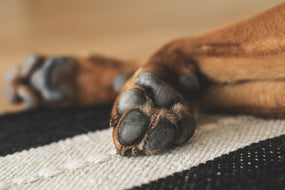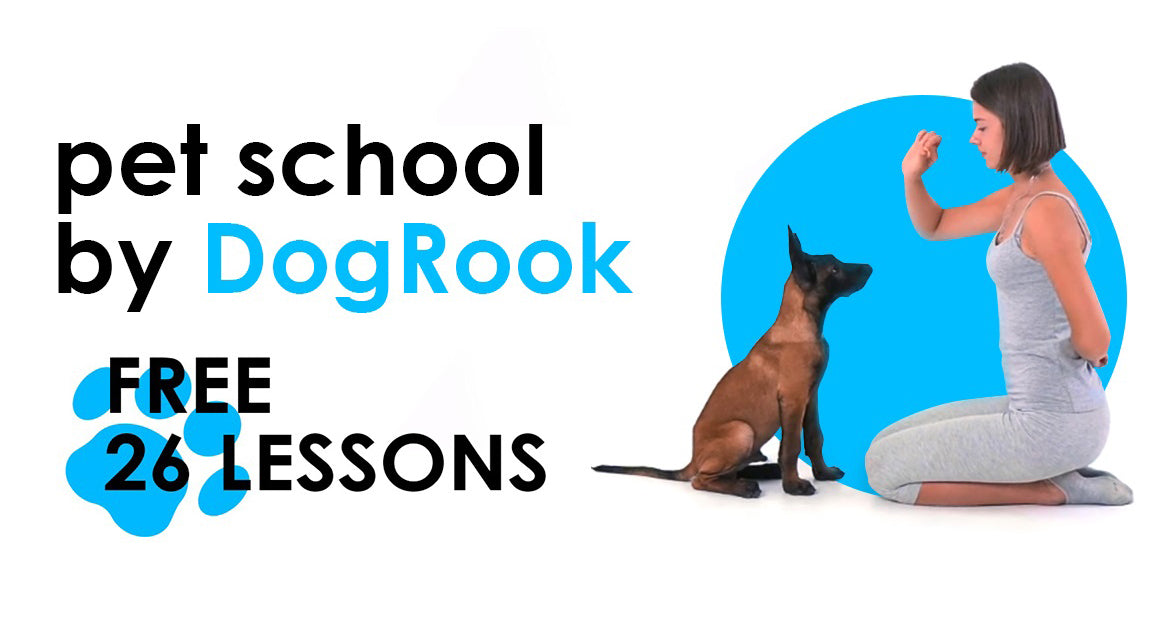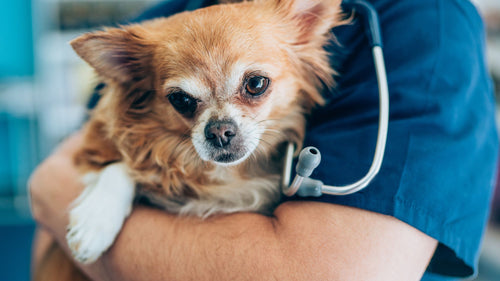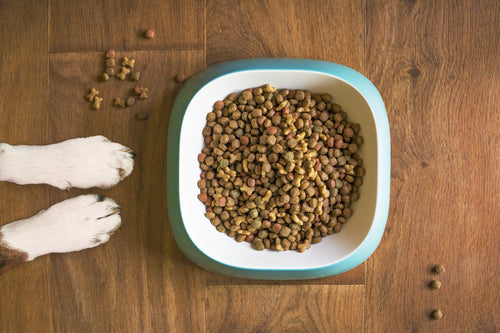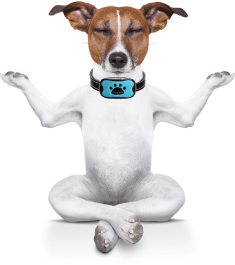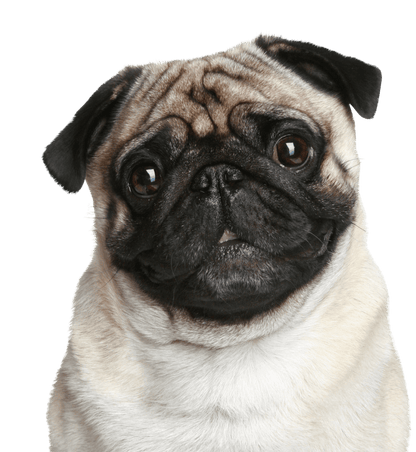How To Brush Your Dog Correctly?
The method of brushing depends on the dog's coat type and whether or not it is experiencing seasonal shedding. If the long coat can be combed every day, and the short coat can also be cleaned daily with a massage mitten, then a thorough combing, affecting the undercoat, is done no more than twice a week.
Conditions To Be Observed When Combing:
- The brush should be matched to your pet's coat, and its teeth should be shorter than the dog's coat;
- The process of brushing should be delicate: too aggressive movements can irritate the delicate skin of the dog;
- It is necessary to comb in the direction of hair growth;
- The entire body of the dog should be combed, even if the hair on the legs and neck is of different lengths;
- The dog, accustomed to the procedure, is combed from the head, moving to the tail, and from the back to the ends of the paws, and the “beginner” is allowed to enjoy a comfortable order for him.
Short-Haired Dogs (Pug, Doberman)
- How often to comb out? Sparingly daily and thoroughly twice a week.
- What to use? Natural bristle brush, massage mitt; some owners wipe their pet with a flannel cloth to add shine to the coat. Twice a week it is necessary to use a metal comb, "pulling" dead hairs.
Note
At first glance, the hair of these dogs is the easiest to care for, however, it is they who, without regular brushing, leave hair all over the house more actively than others. This can be especially noticeable during the molt period. If the dog is very small (for example, a toy terrier), then it is enough to wipe it with a damp cloth.
Dogs With Medium Length Coats (Rottweiler, Labrador)
- How often? It is optimal to comb out twice a week, but during the molting period this will have to be done as often as possible.
- What to use? Comb and hairbrush with medium to soft rubber bristles. Some owners use a furminator, but the breeders do not advise doing this - it may disturb the structure of the outer (integumentary) hair.
Note
On the paws of dogs with short hair, sometimes thick "tails" can still form. You should pay special attention to them.
Long-Haired Dogs (Collie, Chow-Chow)
- How often? Light brushing is done daily to prevent tangles, but thorough brushing is done no more than once a week. Exception: the moulting period, when the pet will have to be combed out every day.
- What to use? Comb with long teeth, slicker brush, curved comb.
Note
First, you need to use a comb to grab a bunch of dog's hair near the base of the hair, then comb through the thick coat layer by layer with a soft comb with thick teeth.
Wirehaired Dog Breeds (Schnauzer, Shorthaired Pointer, Fox and Airedale Terrier)
- How often? Many wire-haired breeds have beards that are tidied up every time they eat. But they have no molt at all. This means that the procedure for pulling out dead hairs is carried out twice a year. Some owners occasionally use a slicker - there is no need for the dog itself, but this makes the pet look more presentable.
- What to use? Metal single-row comb with rounded teeth, slicker, trimmer.
Note
You can even pull out dead hair (or trim) with your fingers, and this does not cause discomfort to the dog. But trimming requires patience from the owner: it can take about an hour. Therefore, many owners of such dogs turn to specialist groomers, since this procedure does not need to be carried out so often.
Special Wool (Bullets, Komondor)
- How often? At the age of 5-9 months, the fur will have to be taken apart every day behind the ears and above the tail. Further throughout its life, you will need weekly grooming at the ends of the ears and separation of the cords about once every 2-4 weeks.
- What to use? Only with your fingers, but in rare cases a special strand separator is required.
Note
When caring for the coat of such dogs, it is necessary to part the hair and twist the curls in the right direction to avoid the coat sticking to each other and the formation of layers.
What To Do With The Mats?
Mats are a real problem for long-haired dog owners. At the same time, they can appear not only due to a lack of care, but also because of its excess. How to remove mats from a dog and prevent them from reoccurring?
If you notice that mats appear frequently in a dog, then first of all you should try to determine the cause of their appearance.
Why Do Mats Appear?
Mats are formed by felting hairs that have already fallen out and growing wool. Therefore, improper care of the dog's coat provokes their formation. Here are some of the common causes of fur matting:
- No hair dryer was used after washing the dog. Naturally dry wool tends to form tangles: it fluffs and crumples.
- While bathing, the owner rubbed the dog very hard. It is worth remembering that under mechanical stress, dead hairs fall out, and thorough washing of the wool entangles them.
- Clothes for dogs also contribute to the formation of tangles. Especially if it is made of rough fabric.
- Dirty coat can speed up the matting process. The fatty layer with which it is covered collects dust, dirt and, of course, loose hair much faster.
- Insufficient combing is one of the causes of this problem. So, if the owner does not comb out the coat and undercoat properly, it is likely that dumped clumps will soon appear on the pet.
Note
Most often, tangles form in the armpits, abdomen, groin, chest, and behind the ears. In these places, the hairs are thinner and more prone to felting. In addition, tangles often appear in dogs with a thin coat and a thick undercoat as a result of friction and static electricity.
How To Get Rid of Tangles?
If you see tangles in your pet, do not rush to grab the scissors. Still, this is an extreme measure, because first you can try to get rid of them with a more gentle method.
How To Comb Out Tangles In a Dog?
- Bathe your pet. In the process of washing, some of the dead hair will be washed off by itself;
- Dry your pet's coat well, paying particular attention to the undercoat;
- Comb your dog with special anti-mats products - these are available from veterinary pharmacies and pet stores. This will make the brushing process less painful for the dog;
- The remaining mats are unlikely to be combed out, it remains only to carefully cut them off with scissors;
- Carefully cut the mat in several places in the direction of hair growth and try to detangle it.
- If burdock became the culprit for the formation of mats, then, before removing the plant from the wool, it should be soaked by bathing the dog. This will make the unraveling process less painful.
Prevention of Mats Formation
- Competent care is the main principle of fighting mats. Follow these simple rules for caring for your pet, and you will never have problems with matted and matted hair:
- Wash your dog regularly, but avoid excessive exposure to the animal's coat. There is no need to be zealous and actively massage the pet.
- Use hygiene products - shampoo and conditioner should be made for animals.
- Don't forget to brush your dog! This is especially true for representatives of long-haired breeds. For example, a collie or cocker spaniel needs to be combed out almost every day. This is required not only to highlight the beauty of the breed, but also for hygienic purposes.
- After combing, you can spray your pet with a spray against the formation of tangles - such products are made on the basis of natural ingredients, so they do not harm the animal's hair.
- Examine your dog closely for mats every week. It is much easier to untangle a fresh and small mug than an old and dense one.
Take care of your pets and yourself!
With love to your dogs, DogRook!

